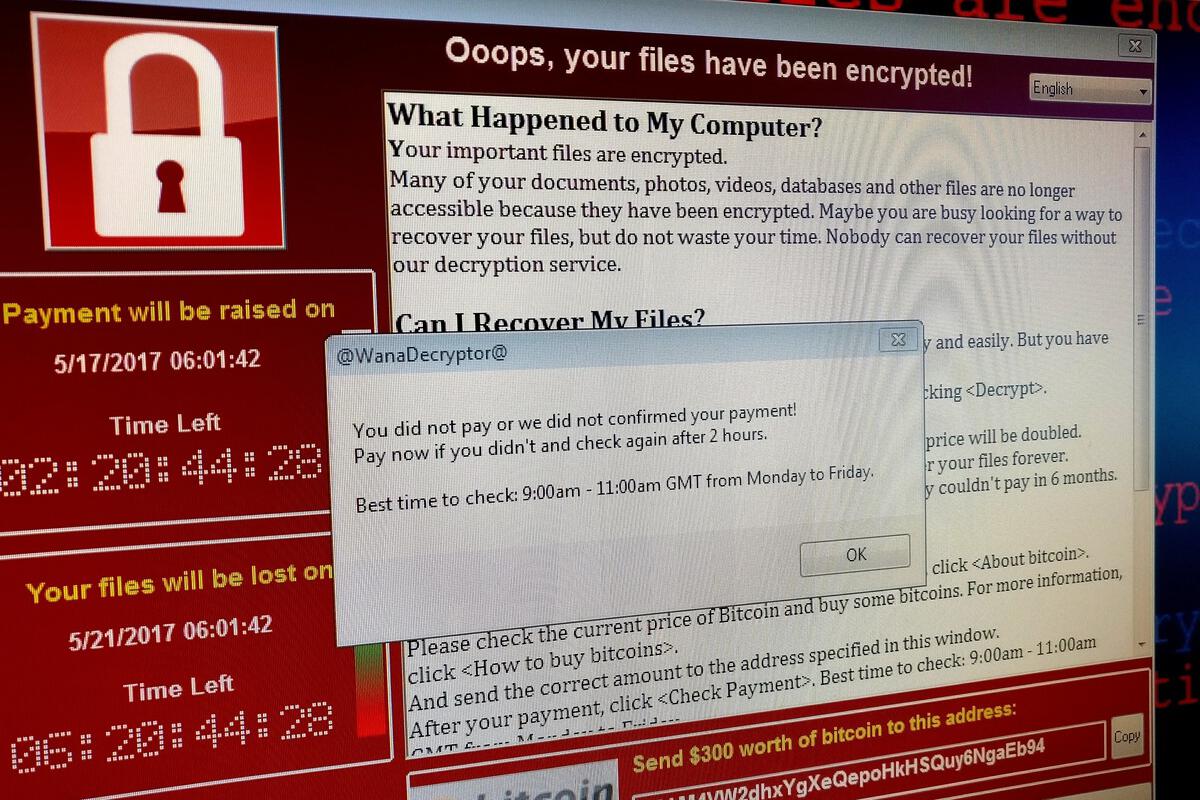Microsoft resurrects Windows XP patches for second month straight

Credit to Author: Gregg Keizer| Date: Tue, 13 Jun 2017 15:22:00 -0700
Microsoft today followed May’s unprecedented release of security updates for expired operating systems, including Windows XP, by issuing another dozen patches for the aged OS.
The Redmond, Wash. company cited fears of possible attacks by “nation-states,” a label for government-sponsored hackers or foreign intelligence services, for the updates’ release. “In reviewing the updates for this month, some vulnerabilities were identified that pose elevated risk of cyberattacks by government organizations, sometimes referred to as nation-state actors, or other copycat organizations,” said Adrianne Hall, general manager, issues and crisis management, for Microsoft.
To read this article in full or to leave a comment, please click here






